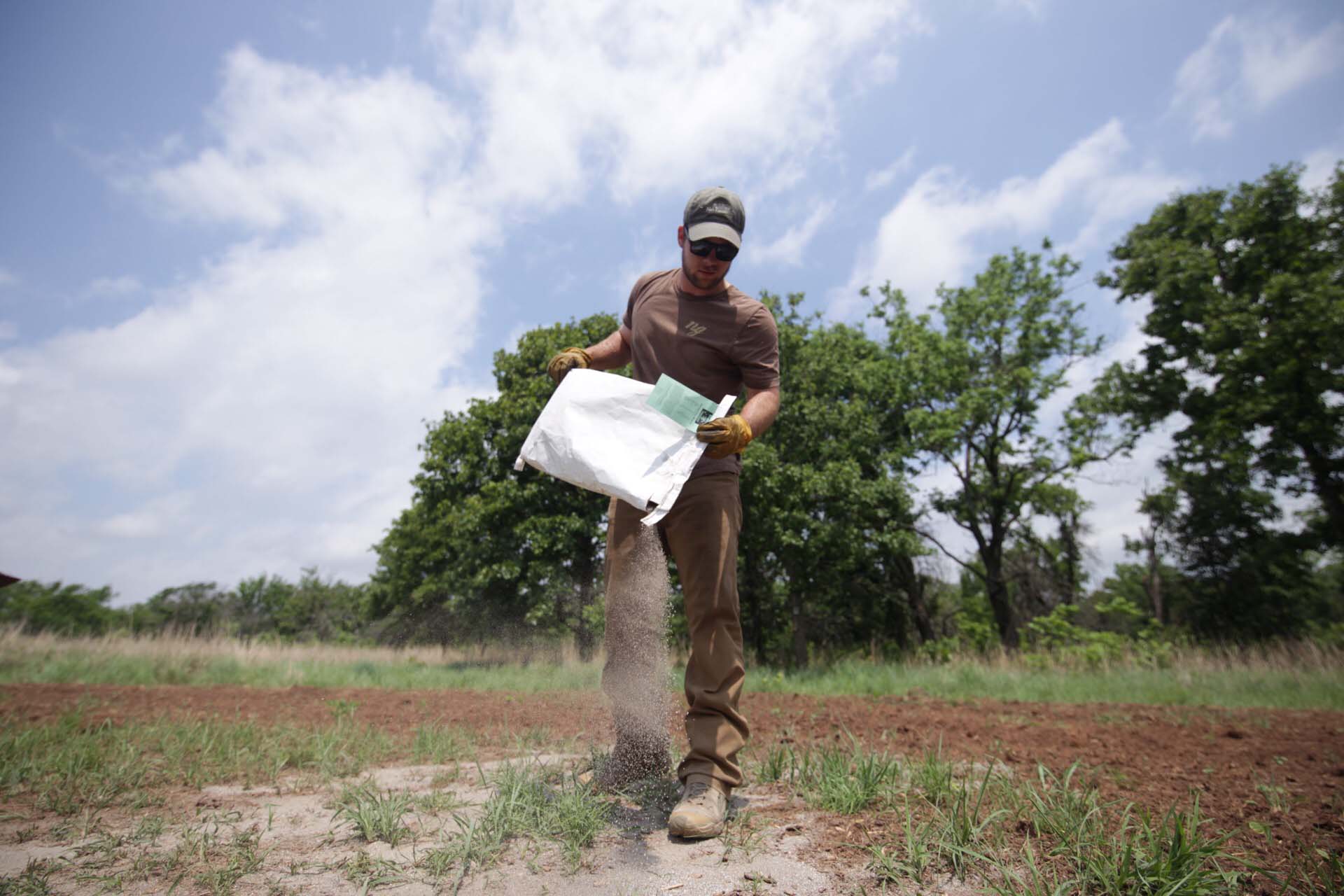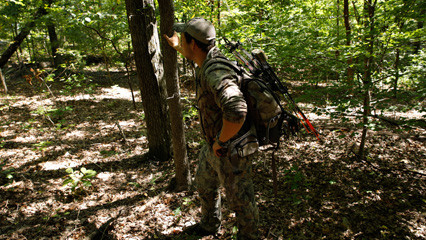From Soil to Sky: A management mindset
Posted by Drew Palmer on Aug 3rd 2024
Today the obsession with wildlife management is largely focused on the whitetail deer with land owners pouring thousands of dollars into their property projects. Investing in your land with conservation in mind is never a bad thing, but understanding the cause and effect flow of what your doing is just as important.
Supplemental feeding is a tool commonly used by habitat managers as a year round nutritional option. Also, in state that allow baiting, hunters commonly run corn feeders as an attractant to bring game into range. With the mindset of “feeding deer” as a conservational tool, many habitat folks are mislead and misguided. For starters, whole corn has very little nutritional value to deer and can impose complications to their digestive system. Eating to much of it can cause more problems to deer than just the digestive system. Bacteria grow and thrive at constant feeder sites as a result of fecal matter and also damp soil structures.

In further fine print, feeder sites pose a detrimental threat to all other wildlife. Predation rates sky rocket at feeder sites as birds of prey and other ambush predators have a buffet of food choices at these bait stations. From small game to juvenile game birds and adult game birds, feeder sites are a death trap for all of them.
As habitat managers, taking a one way approach to benefit one game animal not only throws the current ecosystem out of wack, It creates imbalances in the natural predator vs. prey food chain. Allowing the growth of one species pushes the weight of the diet of a predator onto other game species, creating deficiencies on your property that influence genetics and the health of your micro-ecosystem.
There are numerous programs that offer guidance and funding for your habitat and property improvements. The CSP program from the NRCS is one of those programs, offering a science based approach to benefit your personal goals invested in the land. Whether that be wildlife improvements or better grassland management, the benefits are backed by applied sciences. Property management and development isn’t a fast track operation and short term gains often come at the expense of another ecosystem on your property.

A bees to bucks mindset is a stable blanketed approach to improving all wildlife and various habitats on your property over time; and the time might not be as long as you would expect. Different strategies and processes allow organism and game animals to thrive and flourish while creating balance on your property. Balance is what leads to growth and the health of all of your wildlife. Just because you can’t put trophy honey bees on your wall, doesn’t mean they don’t pollenate the sand plum bushes that are a primary food source for lactating does raising healthy fawns; which in five years can land a spot on your wall and in your freezer.




